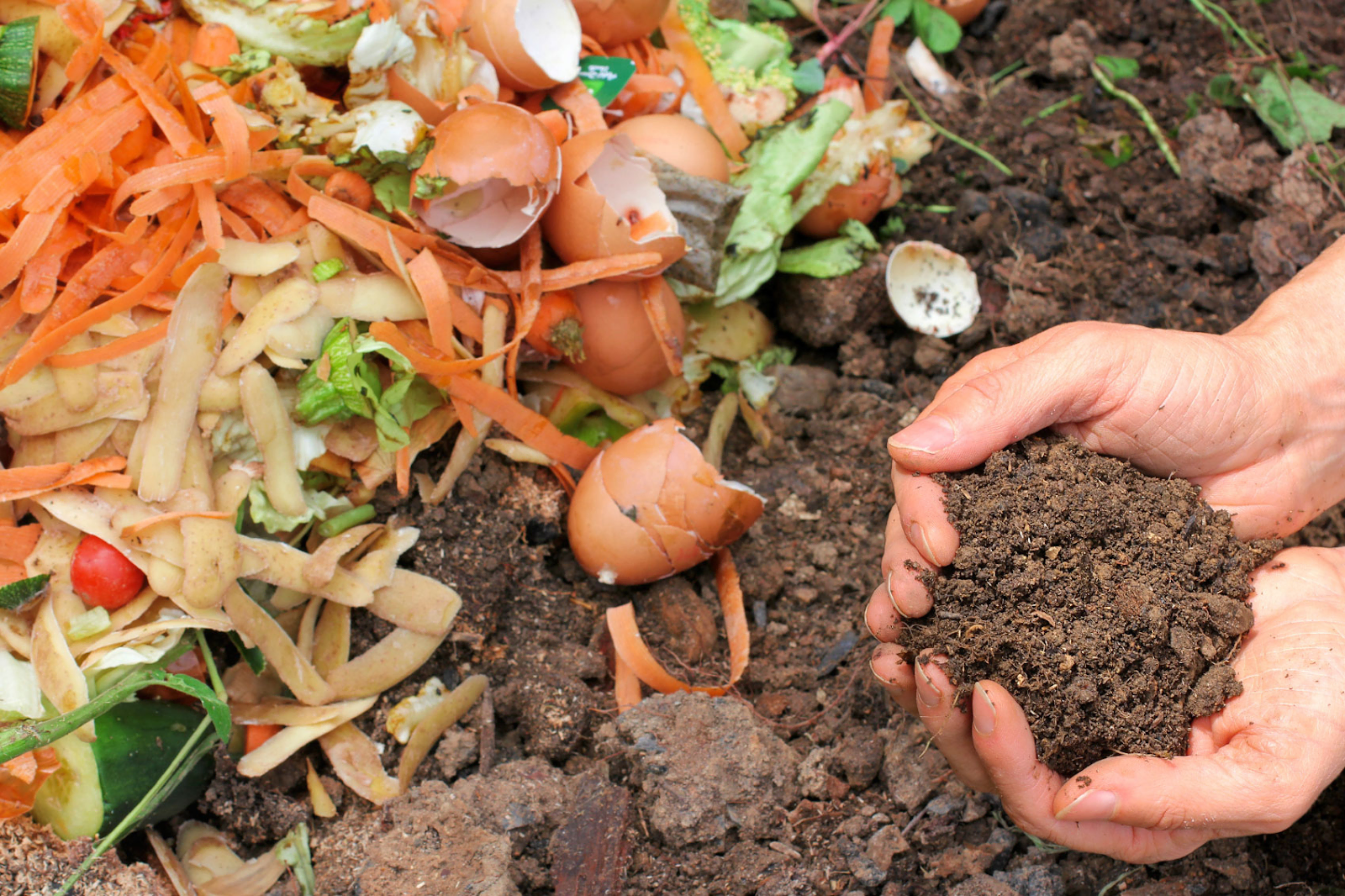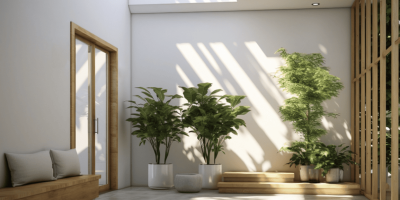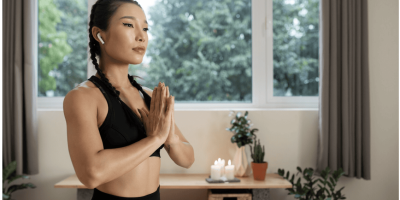
- Benefits of composting
- Select your compost bin
- Green vs brown composts
Do you have green fingers? Well, I was never a fan of gardening because personally, it was too messy and I never had the patience for it. That too changed over time. I blame the pandemic! I recall not being able to get groceries during that disastrous period. Plus, nothing’s cheap these days.
I slowly took an interest in planting vegetables. But I have to say, it’s not as easy as how those plant parents portray on their YouTube channels. A 5-minute tutorial could take me almost an hour to complete! I know it’s no rocket science, but I’m an amateur.
As a child, I recall sitting by the window, watching my father do the gardening. Walking around with his oversized gardening t-shirt with a cup of black coffee in one hand and a hand trowel in the other, he would dedicate his whole Sunday to his plants.
He often said, growing healthy plants at home does not necessarily mean getting the right amount of sunlight and water, but also ensuring your soil is getting the right nutrition to blossom. At the age of six, I could hardly comprehend his words.
I noticed each time I cracked an egg, it would be saved and put away in an empty yoghurt tub and not in the trash. I didn’t quite understand the reason behind it, but as days passed, I realised not just egg shells but onion skins, rotten fruits and other food waste were thrown into the tub too. He then explained to me the term ‘composting’.
If you’re still lost, let me walk you through the idea of composting, and trust me, this will bring magic to your garden.
Benefits of composting
As quoted by John Harrison, “If you build up the soil with organic material, the plants will do just fine.” Your plants don’t need expensive fertilisers to live. Instead of putting yourself through a tough time looking for fertilisers and struggling to pick one that is suitable for your plants, why not make your own compost at home?
With all the pollution around the world, you don’t want to be contributing to global warming now, do you? Because composting is all about using organic materials like food scraps and yard waste, it cuts greenhouse gas emissions and reduces the overall waste sent to landfills.
Organic materials provide important nutrients that could easily be decomposed and released into the ground, but instead, they are being dumped. Why waste when composting can recycle up to 100% of our food scraps?
Importantly, it helps promote healthy plant growth by improving soil texture and quality. You can’t just feed the plant without feeding the soil. That’s what chemicals do. Why opt for expensive chemical fertilisers when you can compost for free? Save some moolah!
Select your compost bin

In all honesty, we didn’t have a proper ‘compost bin’ back at home. We recycled any empty tubs we found, because why not? As I did my research, especially for you lovelies, I discovered there were three types of bins to pile your compost materials. You may think a bin is a bin, what difference does it make? Here’s how you can identify which would suit you best.
1/ Closed bins

If you’re worried about the smell from your food scraps (or even the look), then a closed compost bin is perfect for you. Pick one that isn’t too small to make the composting process easier. This also helps your composting materials retain moisture and heat.
You will often find closed bins with an open bottom, allowing the nutrients to travel directly into the soil. You don’t want those nutrients to go to waste. Hence, place it directly on bare soil instead of tarmac.
2/ Open bins

If you have fewer food scraps and more yard waste, you can consider getting this.
Placing food waste in an open bin could attract flies and other insects or even animals you don’t want loitering around your garden. It’s as simple as piling it on the ground (if you’re too lazy to get one).
3/ Compost tumbler

It’s a fully sealed container or barrel that can be rotated to mix the composting materials. At first glance, it resembled a BBQ pit. Many propose that the composting process is sped up because of the fast breakdown of materials when they are mixed together.
If you’re lucky, it could take a minimum of three weeks to complete instead of months!
What to save and compost?

You won’t believe your eyes when I tell you what goes into my compost bin. From lemon peels to hair strands, the compost options are endless! To achieve the best result, a balanced carbon-nitrogen ratio is important too. I like to keep things simple, so I’d opt for a 50/50 mix of green and brown waste to go in my compost pile.
Here’s what you can save and pile up!
1/ Greens contain nitrogen
- Food scraps like vegetable peelings and fruits
- Leaves or plants
- Coffee grounds
- Tea bags or leaves
- Freshly pulled weeds
- Manure
2/ Browns contain carbon
- Eggshells
- Twigs
- Dried leaves
- Paper items
- Straw
- Sawdust
Patience is virtue
It could take up to twelve months for the whole process to take place, but don’t forget, keep adding on those greens and browns every now and then, and give it a good stir to help speed up the process. Your hard work will pay off on your green babies! Comment below if you have any tips to share. Happy composting!









